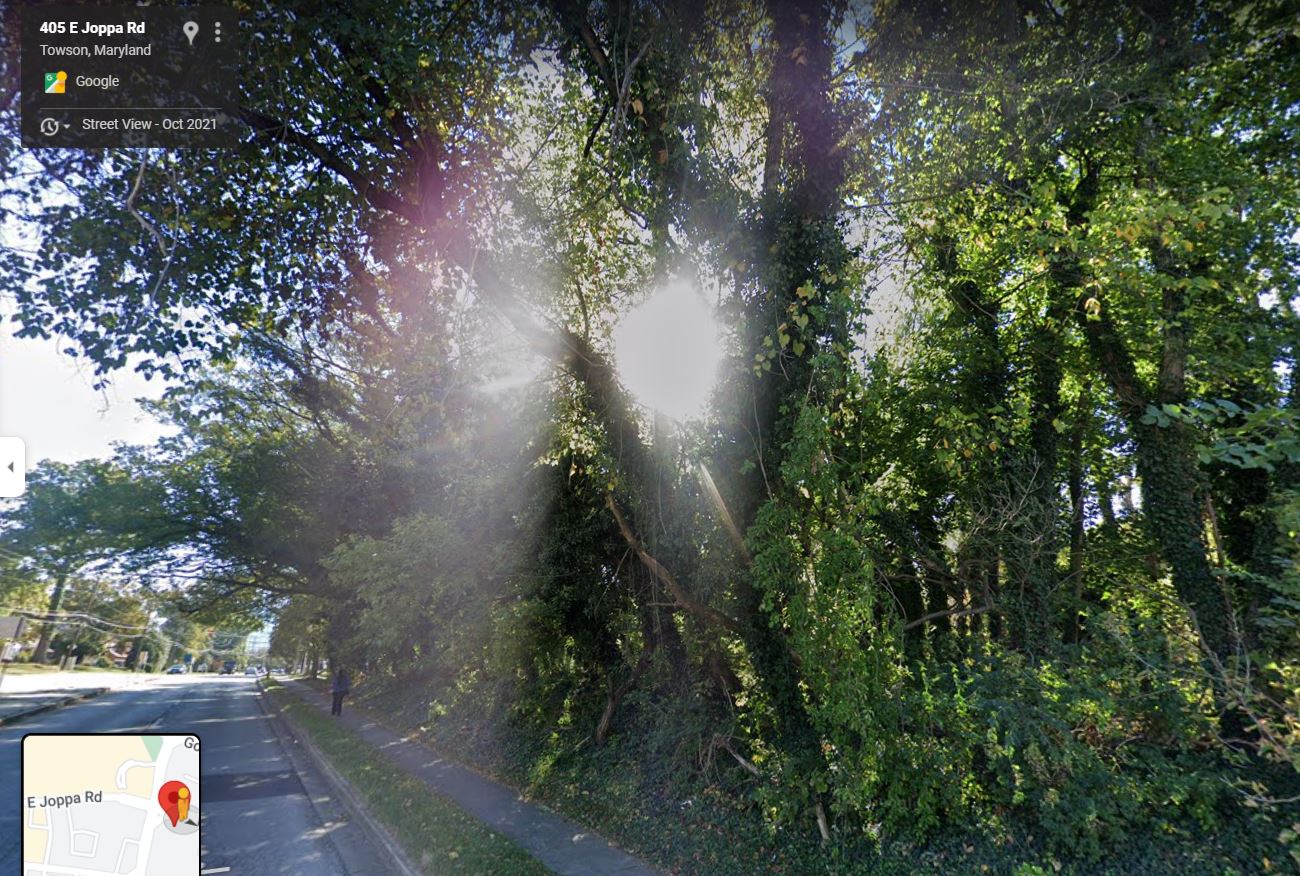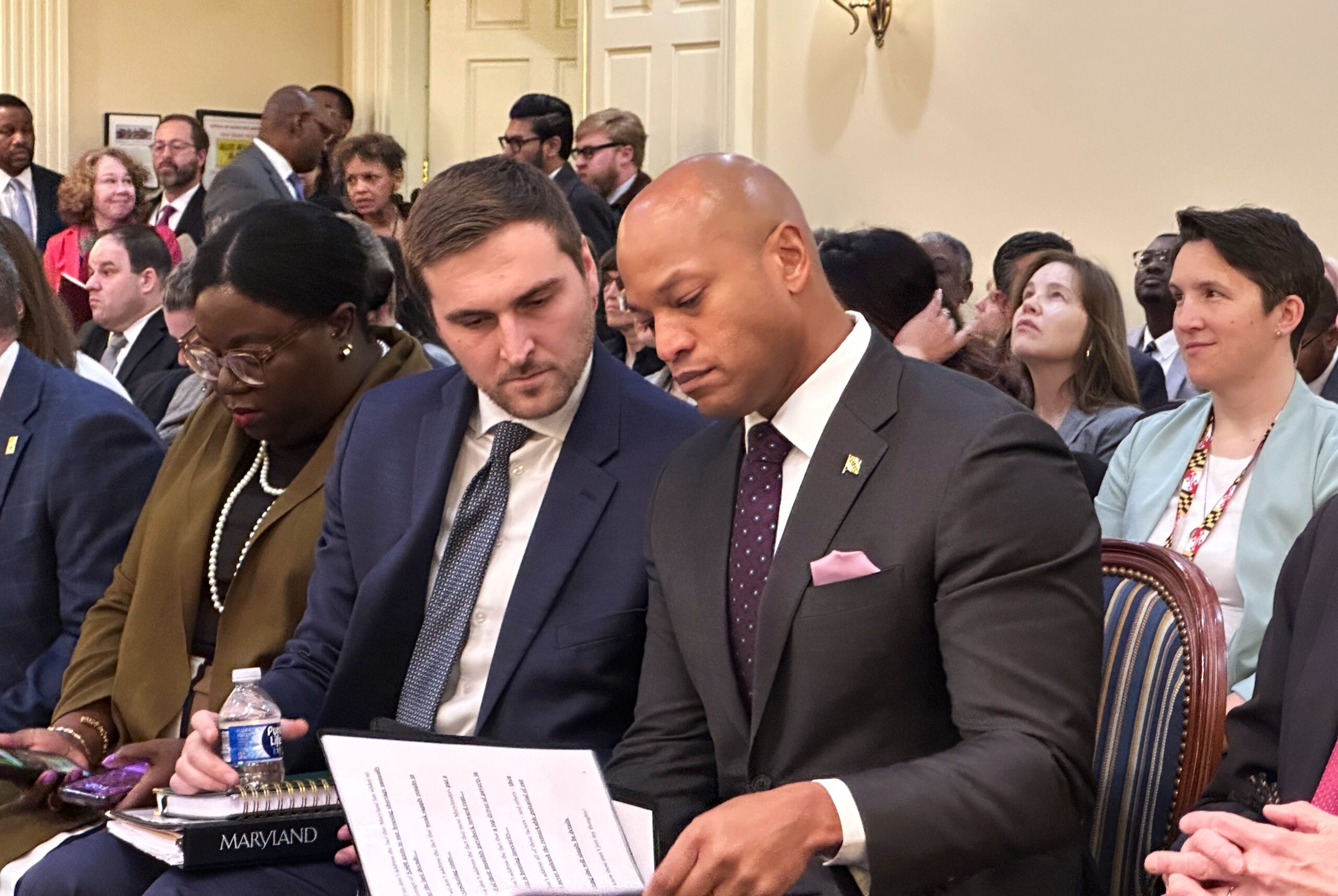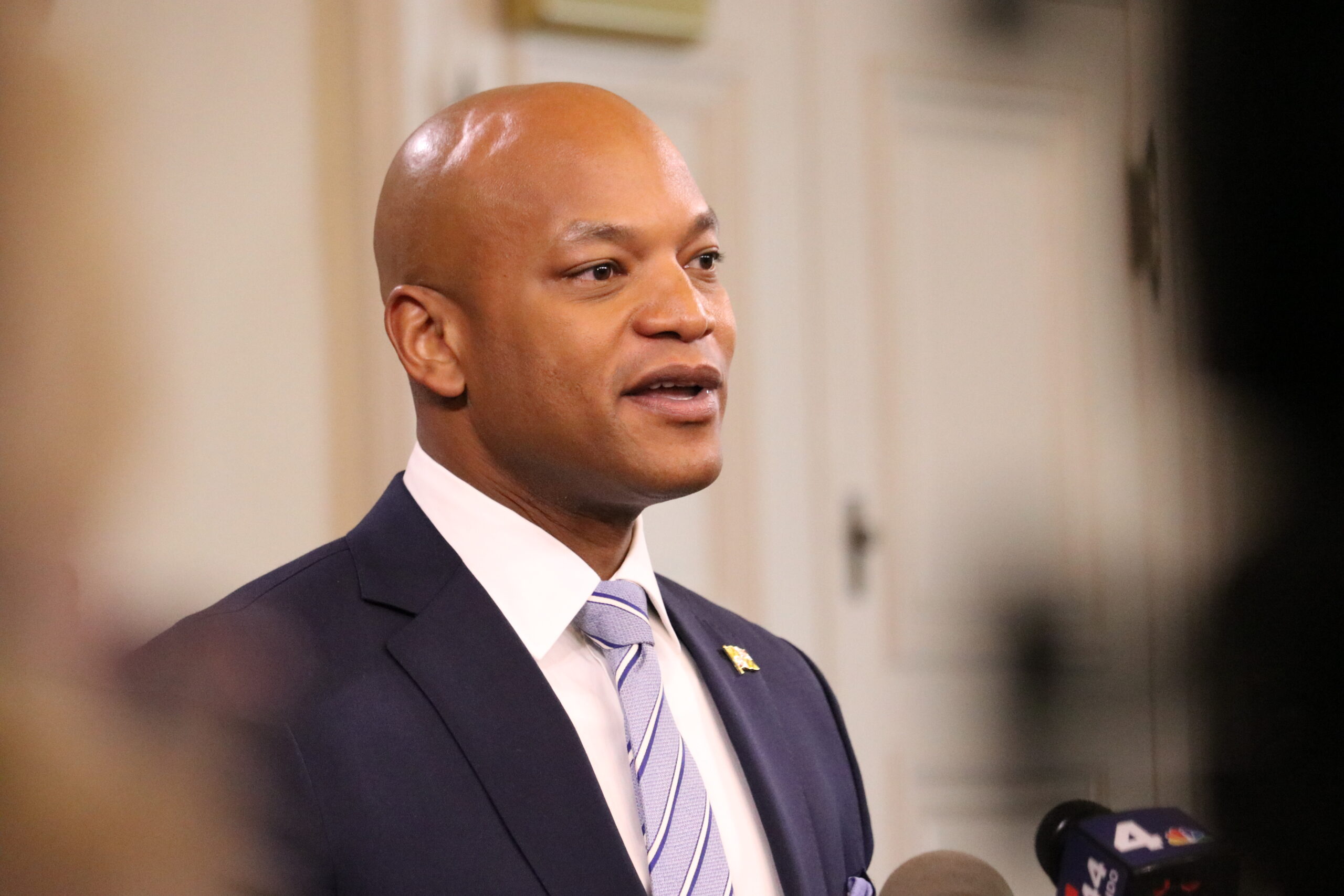Opinion: Baltimore County Needs Red Maple Place

By Adria Crutchfield and Tom Coale
Crutchfield is the executive director of the Baltimore Regional Housing Partnership and served on President Biden’s HUD Transition Team. Coale serves on the BRHP Board of Trustees and is a land use and zoning attorney in Ellicott City.
Baltimore County has a critical need for affordable housing, which has been stymied by local opposition and a volunteer administrative board that has been allowed to compromise, stall and often kill projects like Red Maple Place based on a misread of county design guidelines. For Baltimore County to meet the benchmarks established by the 2016 Conciliation Agreement with U.S. Department of Housing and Urban Development, decisions to prevent Red Maple – and other developments – from moving forward must be reversed.
The Baltimore Regional Housing Partnership is one of the largest administrators of the Housing Choice Voucher Program in the region. We partner with housing providers like Homes for America to create opportunity for low-income and working-class families to live in high opportunity areas with jobs, quality of life and well-funded school systems. Towson is one example of a highly desirable location and that makes Red Maple Place an ideal project.
Unfortunately, opposition to the development of affordable housing in not new. Notably, this opposition takes on a different tenor in more progressive jurisdictions where it may not be ideologically consistent to oppose housing for those with less means.
For instance, Red Maple was opposed due to aesthetics, environmental concerns and for targeting a historically Black community. Regardless of the premise for opposition, the result is always the same – desperately needed housing doesn’t get built, the structures of socio-economic segregation are maintained and those living in poverty are further limited in where they can choose to live.
In 2020, we celebrated 25 years since the landmark fair housing lawsuit Thompson v. HUD which sought to combat racially segregated public housing in the Baltimore region and set forth our work. One aspect of that segregation was Baltimore County’s refusal to allow any public housing for families based on the county’s misguided, racist hostility to low-income families.
The current opposition to Red Maple Place is reminiscent of this hostility, and it is the moral and legal obligation of the county to uphold the mandates of the Fair Housing Act to protect residents from discrimination and housing segregation and uphold the 2016 HUD agreement to expand affordable housing in the county.
According to a 2021 report by the National Low Income Housing Coalition on the lack of affordable housing supply and housing cost burdens, there are only 35 affordable and available rental homes per 100 extremely low-income renter households in the Baltimore-Columbia-Towson area. Additionally, 84% of extremely low-income renter households in this area spend more than 30% of their income on housing costs and utilities. A significant factor in explaining these severe housing cost burdens is the lack of subsidized affordable housing for extremely low-income households.
The construction of Red Maple Place and other developments like it, help to address this supply issue.
We acknowledge that development has impacts on the surrounding community, but so does poverty. If our teachers, firefighters, police and essential workers can’t afford to live where they work, we will find these positions harder to fill.
Child poverty costs more than $1 trillion per year in lost economic productivity, increased health and crime costs, and increased costs resulting from child homelessness and maltreatment. Unstable housing among families with children will cost the U.S. $111 billion in avoidable health and special education costs over the next 10 years.
The boogeyman is not affordable housing development in your community; the boogeyman is racism and classism that continues to put profit over people and marginalize others who you may perceive as different from you – when in fact, we all have more in common than we have differences, and we are stronger and healthier communities when we embrace diversity in all its forms.




 Creative Commons Attribution
Creative Commons Attribution